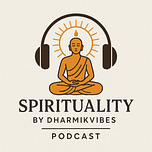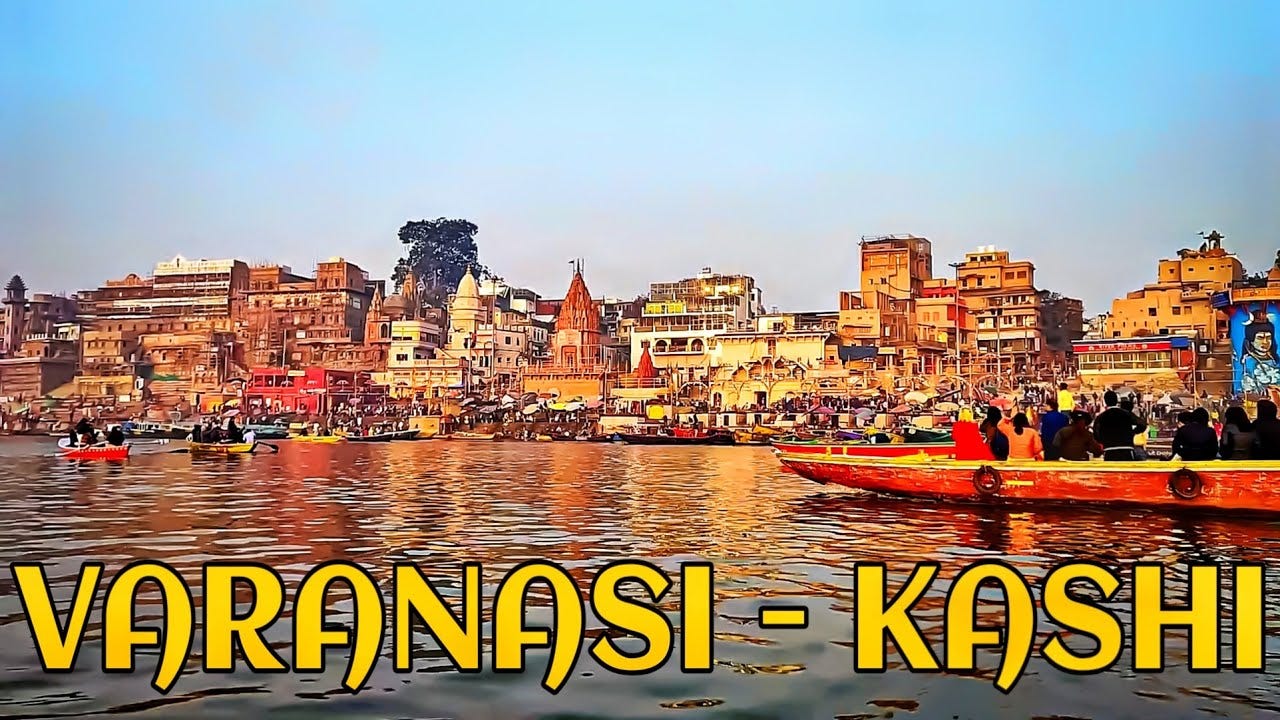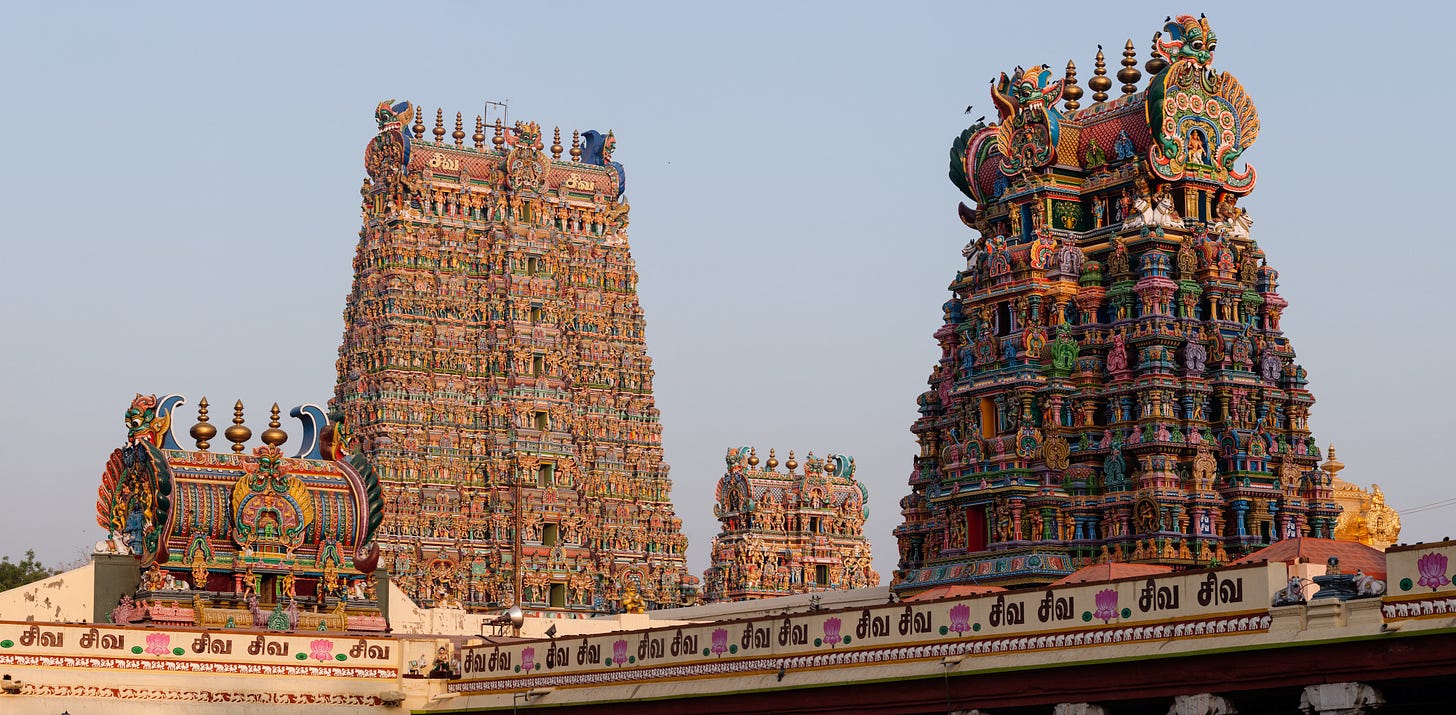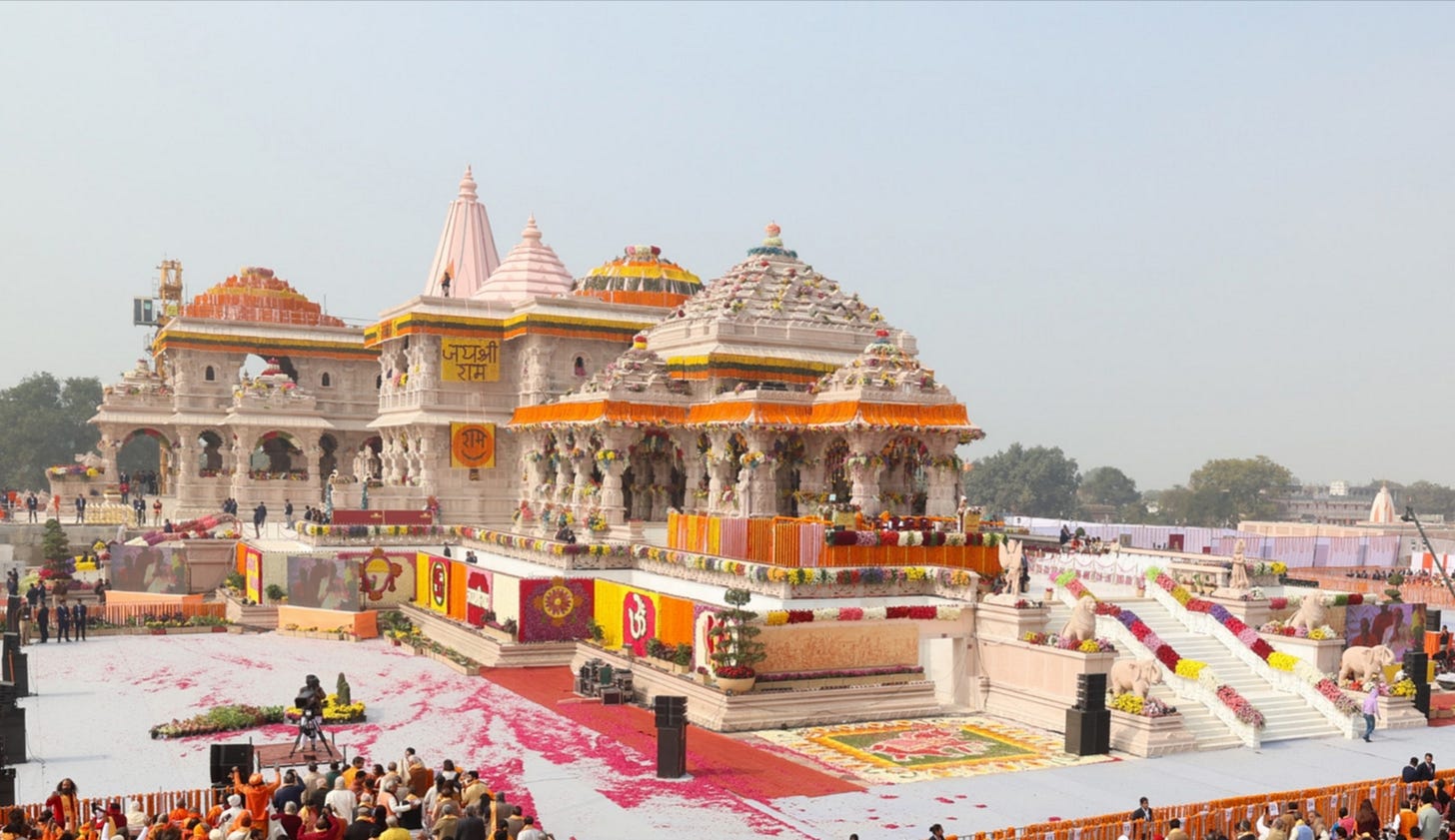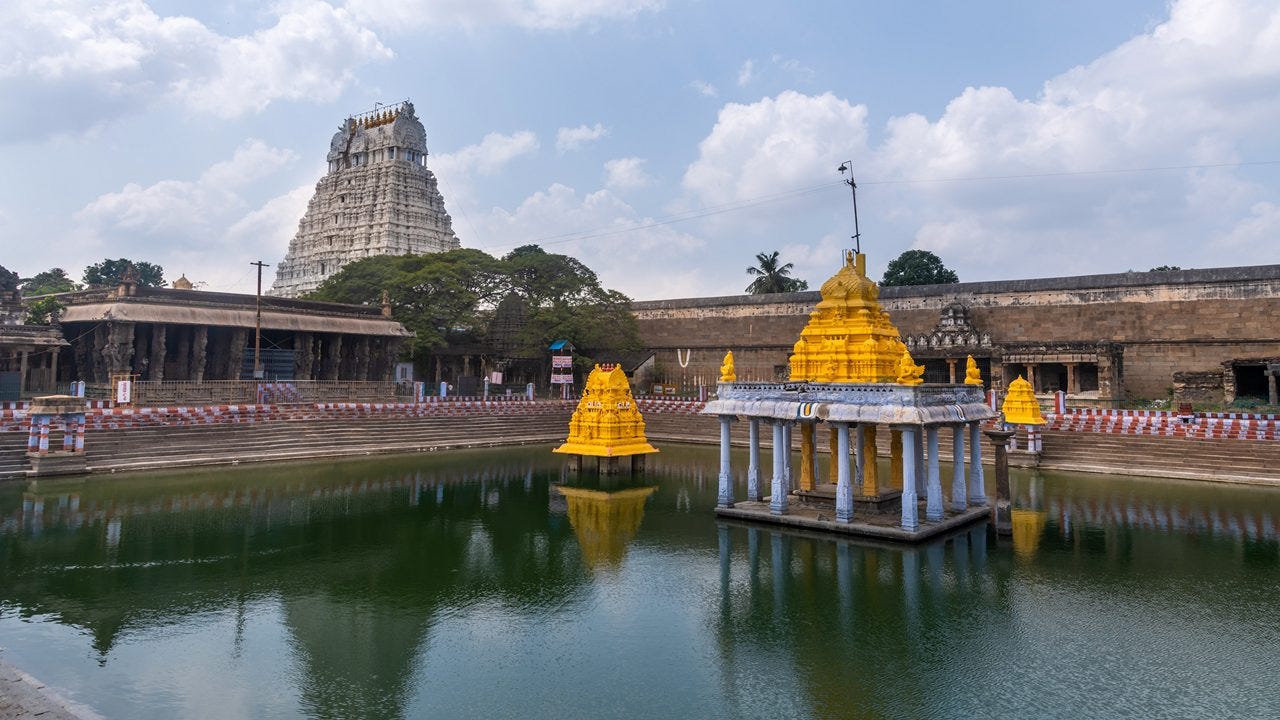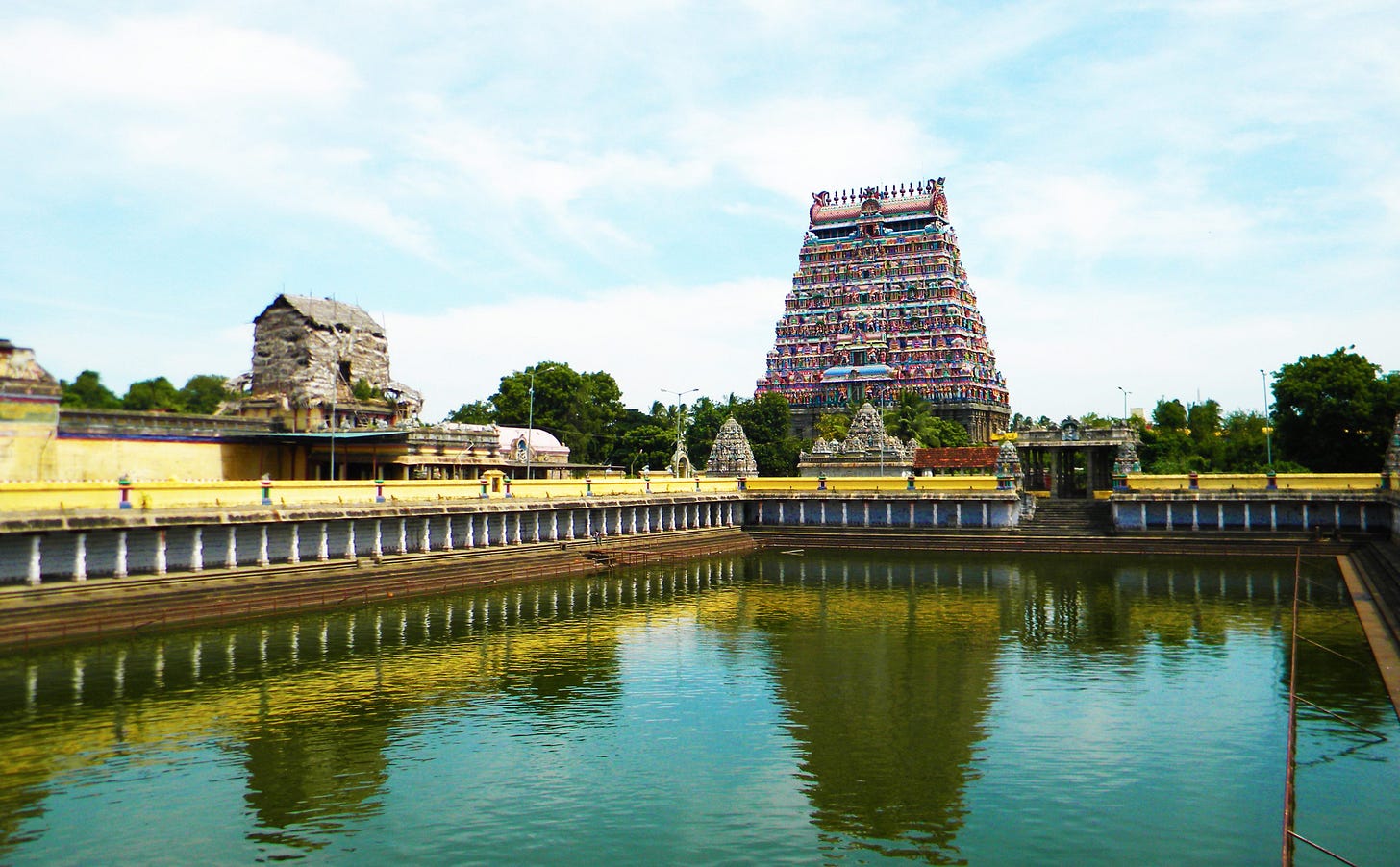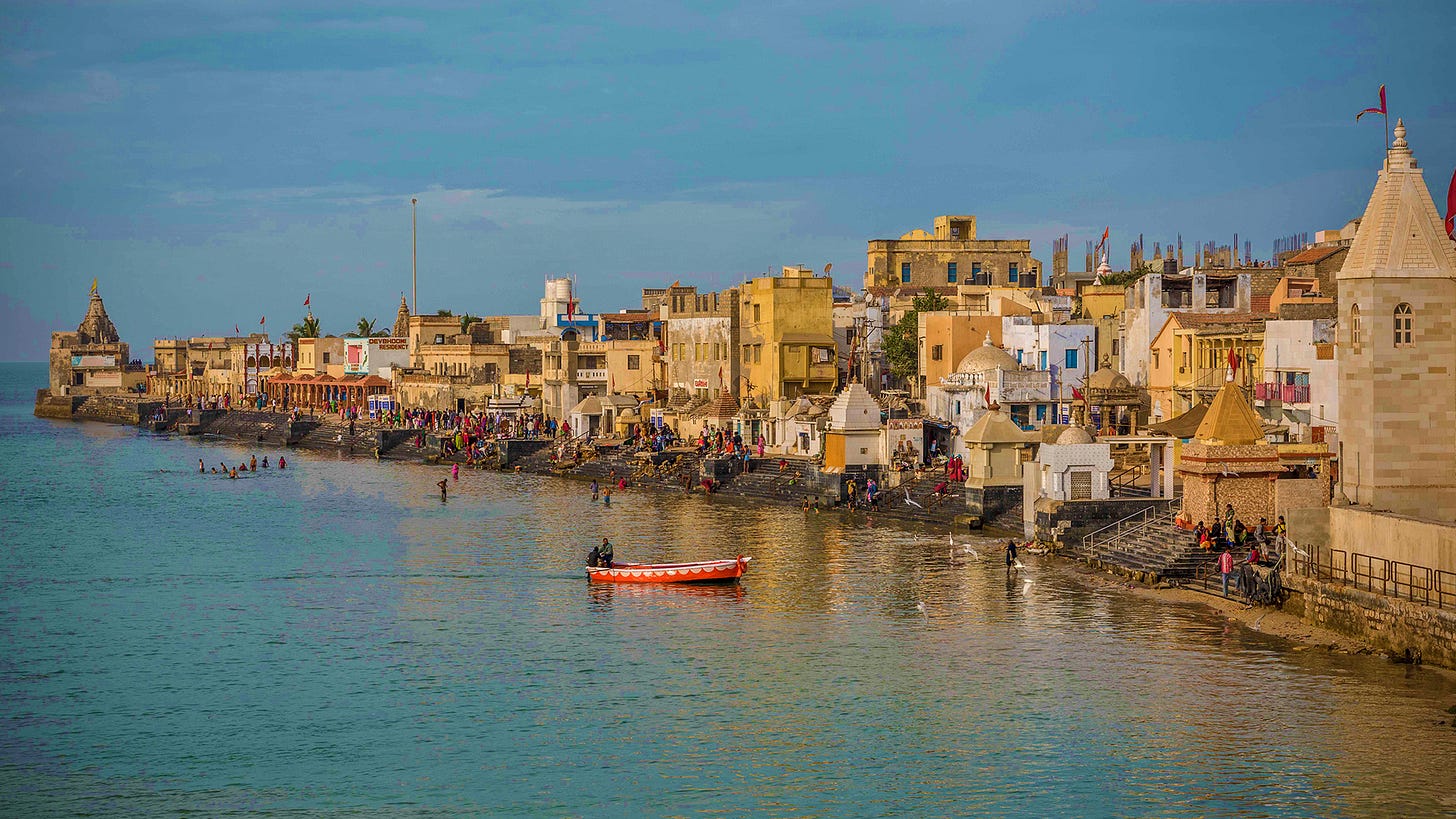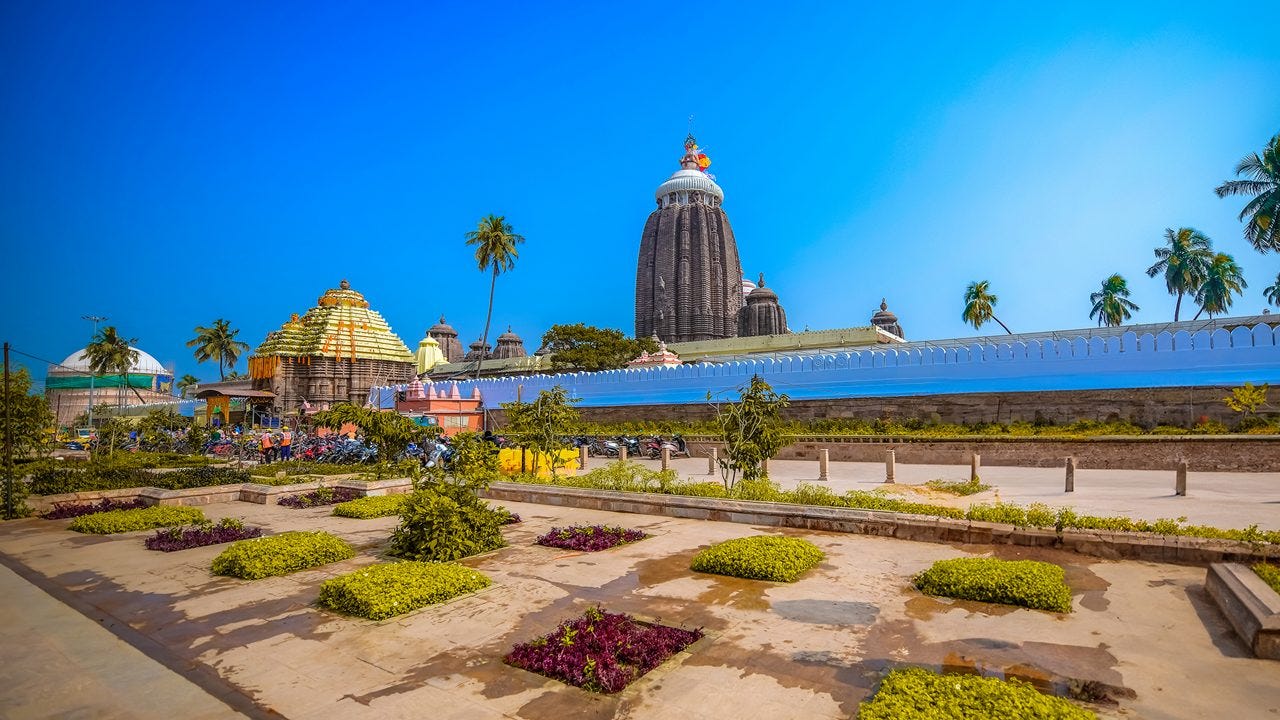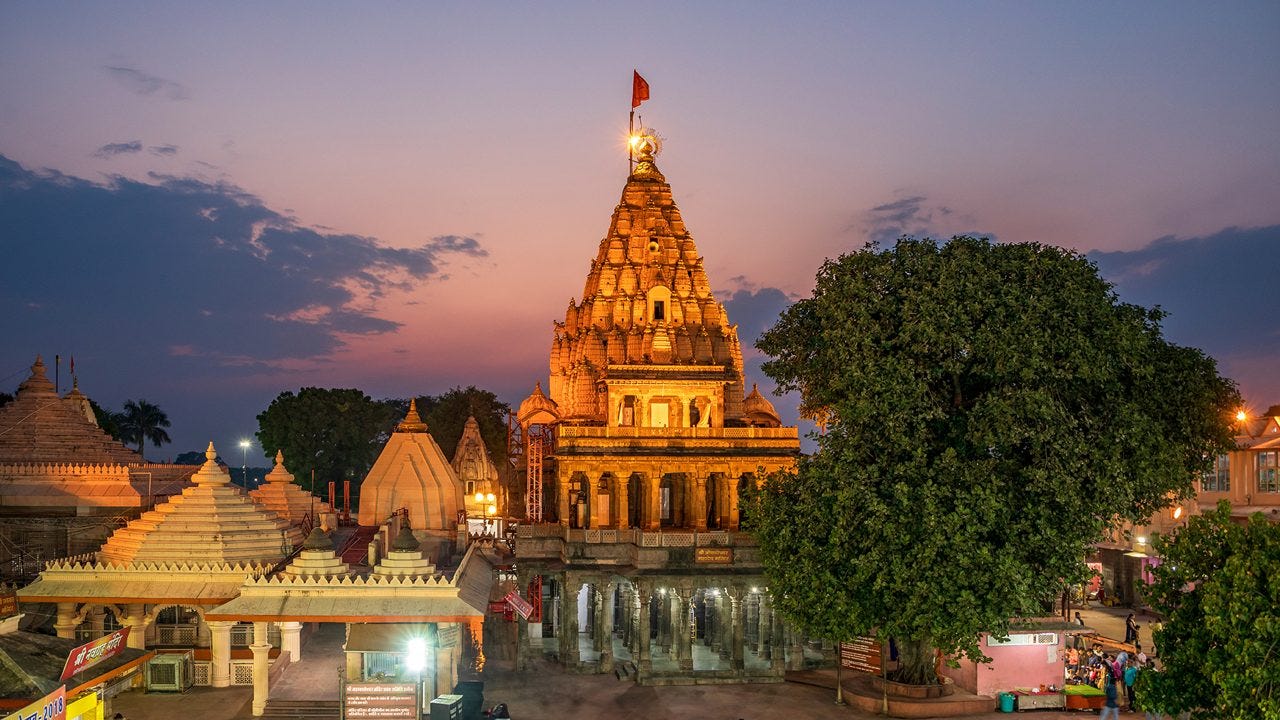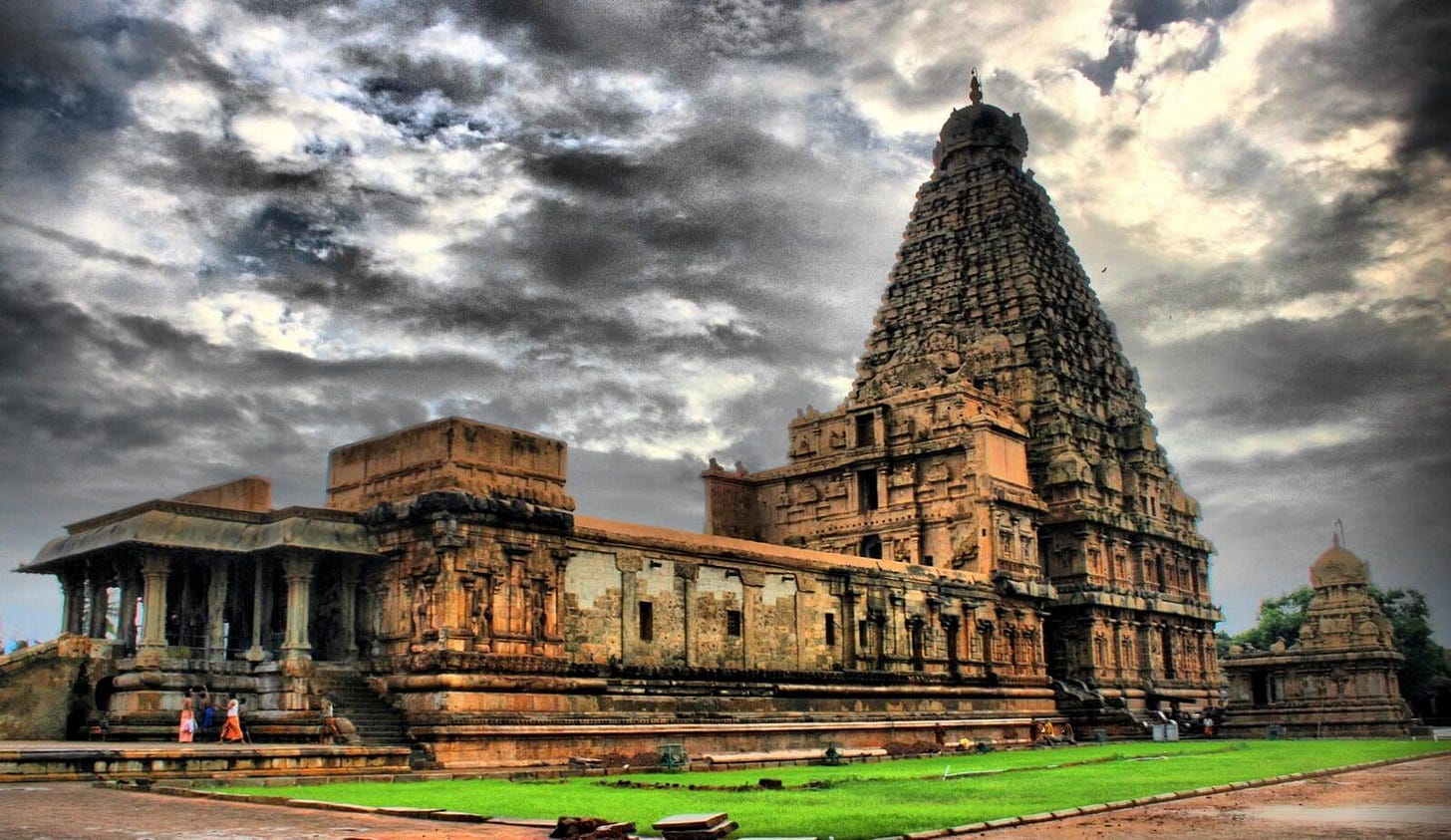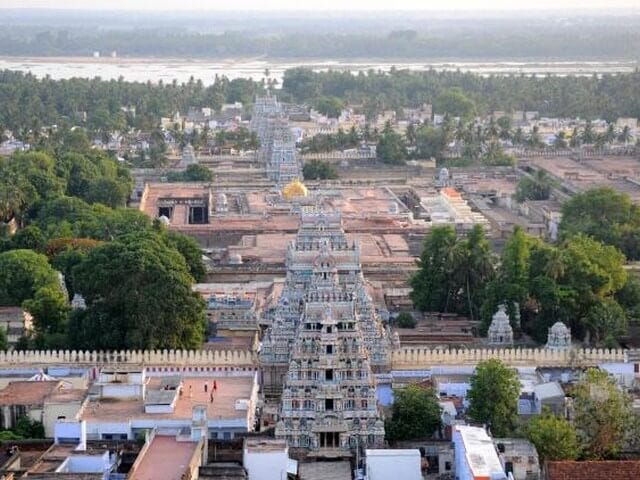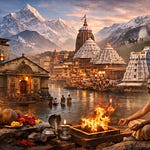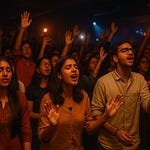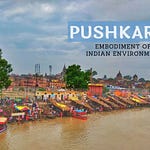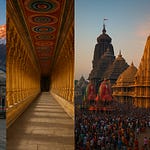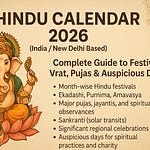India’s spiritual backbone has always been anchored in its ancient temple towns - cities that have not only survived through the sands of time but have shaped the very ethos of Indian civilization. These sacred cities are not just places of prayer - they are living legacies of faith, mythology, history, and ritual. Here's a deep-dive into 10 of the oldest and holiest temple towns of India, each a beacon of timeless devotion and architectural brilliance.
1. Varanasi (Kashi), Uttar Pradesh
Often called the oldest living city in the world, Varanasi is said to have been founded by Lord Shiva himself. The city is mentioned in Rigveda and Buddhist texts and has continuously flourished for over 3,000 years. Ancient scholars like Panini and Patanjali lived here.
Major Temples
Kashi Vishwanath Temple – One of the twelve Jyotirlingas.
Annapurna Devi Temple, Sankat Mochan Hanuman Temple, Durga Kund Temple.
Rituals & Significance
Performing antim sanskar (last rites) at Manikarnika Ghat is believed to grant moksha.
Daily Ganga Aarti is performed at dusk, attracting thousands of devotees.
Pilgrims bathe in the sacred Ganga River at dawn to cleanse sins.
2. Madurai, Tamil Nadu
Madurai’s history stretches back to the Sangam period (~3rd century BCE). It served as the capital of the Pandya dynasty and is referenced in ancient Tamil literature and Greek-Roman travelogues.
Major Temples
Meenakshi Amman Temple – A Dravidian masterpiece dedicated to Goddess Meenakshi and Lord Sundareswarar.
Koodal Azhagar Temple, Thirupparankundram Murugan Temple.
Rituals & Significance
The Chithirai Festival in April–May reenacts the divine marriage of Meenakshi and Sundareswarar.
Pilgrims walk around the temple corridors chanting hymns of Alwars and Nayanmars.
Traditional art forms like Bharatanatyam and Thiruvilayadal Puranam are linked with the temple.
3. Ayodhya, Uttar Pradesh
Described as the capital of the Ikshvaku dynasty in the Ramayana, Ayodhya is considered to be over 9,000 years old in lore. It was a major center of culture, dharma, and ancient Hindu polity.
Major Temples
Ram Janmabhoomi Temple – Constructed at the site believed to be the birthplace of Lord Rama.
Hanuman Garhi, Kanak Bhawan, Treta ke Thakur Temple.
Rituals & Significance
During Diwali, Ayodhya lights over a million lamps on the banks of Sarayu River.
Devotees perform Parikrama (circumambulation) around the city.
Rama Navami is celebrated with processions, Ram Leela performances, and mass pilgrimages.
4. Kanchipuram, Tamil Nadu
Kanchipuram, one of the seven Moksha-puris, dates back to 3rd century BCE. It flourished under the Pallavas, Cholas, and Vijayanagar Empire, and was a prominent center of both Shaivism and Vaishnavism.
Major Temples
Kailasanathar Temple – Oldest temple here, dedicated to Lord Shiva.
Ekambareswarar Temple, Kamakshi Amman Temple, Varadaraja Perumal Temple.
Rituals & Significance
Famous for Kanchi Mahotsavam, a massive temple festival.
Kanchipuram Silk Sarees are handwoven with temple motifs and are considered auspicious during religious ceremonies.
5. Chidambaram, Tamil Nadu
Chidambaram was a cultural beacon during the Chola dynasty, with spiritual roots as early as the Sangam period. The town is deeply associated with Shaiva Siddhanta philosophy.
Major Temples
Nataraja Temple – Celebrates Lord Shiva as the Cosmic Dancer (Nataraja).
Govindaraja Perumal Temple – Showcasing religious harmony.
Rituals & Significance
Rituals highlight the Chidambara Rahasya – an empty space behind the curtain in the sanctum that represents formlessness.
Natyanjali Festival invites classical dancers from across India to pay tribute to Nataraja.
6. Dwarka, Gujarat
Dwarka was the capital of Lord Krishna after he left Mathura. According to legend, it was submerged by the sea after Krishna’s demise. Archaeological marine evidence supports the existence of a sunken city.
Major Temples
Dwarkadhish Temple (Jagat Mandir) – Built over 2,500 years ago and later renovated by Adi Shankaracharya.
Rukmini Devi Temple, Bet Dwarka.
Rituals & Significance
Pilgrims bathe at Gomti Ghat before entering the temple.
Janmashtami here is a grand spectacle with Krishna’s Leelas reenacted.
Part of the Char Dham Yatra.
7. Puri, Odisha
Puri has been a spiritual and philosophical center since the 3rd century BCE, mentioned in the Mahabharata and Buddhist records. It's home to the cult of Jagannath, a regional form of Krishna.
Major Temples
Jagannath Temple – A major Vaishnavite pilgrimage site.
Gundicha Temple, Loknath Temple.
Rituals & Significance
Hosts the Rath Yatra, one of the world's largest chariot festivals.
Temple practices like Anasara (when deities fall ill) and Nabakalebara (new idols every 12–19 years) are unique.
No metals are used in deity construction – only Neem wood.
8. Ujjain, Madhya Pradesh
Ujjain (ancient Avanti) was among India’s leading learning centers. Mentioned in the Mahabharata, it was home to legendary poet Kalidasa and the astronomer Varahamihira.
Major Temples
Mahakaleshwar Temple – One of the twelve Jyotirlingas.
Kal Bhairav Temple, Harsiddhi Temple.
Rituals & Significance
Famous for Bhasma Aarti – the lingam is bathed in sacred ash.
Hosts the Kumbh Mela every 12 years, drawing millions.
Associated with timekeeping and astrology (Jyotish Shastra).
9. Thanjavur, Tamil Nadu
Thanjavur reached its zenith under Raja Raja Chola I in the 11th century. It became a hub for art, architecture, and Tamil scholarship.
Major Temples
Brihadeeswarar Temple – A UNESCO World Heritage Site, with a 216-foot tall Vimana (tower).
Gangaikonda Cholapuram, Airavatesvara Temple (nearby).
Rituals & Significance
Devotees offer classical dance performances as acts of devotion.
The temple maintains the tradition of Vedic chanting, bronze casting, and mural art.
No shadow of the temple tower falls on the ground at noon.
10. Srirangam, Tamil Nadu
Considered the first among 108 Divya Desams, Srirangam’s origins are traced back to the early centuries of the common era. The temple was patronized by Cholas, Pandyas, and Vijayanagara rulers.
Major Temples
Ranganathaswamy Temple – Sprawling across 156 acres, it’s the largest functioning temple in the world.
Andal Shrine, Chakkarathazhwar Temple.
Rituals & Significance
Over 50 festivals celebrated annually, including Vaikunta Ekadasi and Panguni Uthiram.
Temple has 21 monumental gopurams, including the 236-foot tall Rajagopuram.
Bonus: Pushkar, Rajasthan
Mentioned in the Padma Purana, Pushkar is believed to be created by Lord Brahma. It has over 500 temples and 52 ghats surrounding the sacred Pushkar Lake.
Major Temples
Brahma Temple – One of the very few temples in the world dedicated to Brahma.
Savitri Temple, Rangji Temple.
Rituals & Significance
Pilgrims bathe in the lake during Kartik Purnima for purification.
The Pushkar Camel Fair blends spirituality with folk traditions and livestock trading.
A Sacred Tapestry Through Time
These temple towns are not just tourist destinations - they are eternal flames of Indian spirituality. Each town echoes with the chants of centuries, the footsteps of sages, and the unwavering devotion of millions. Walking through them is like flipping through the chapters of India's sacred soul.
May this list inspire your next spiritual quest, for in India - old isn’t forgotten, it’s revered.
OLD is truly GOLD.

